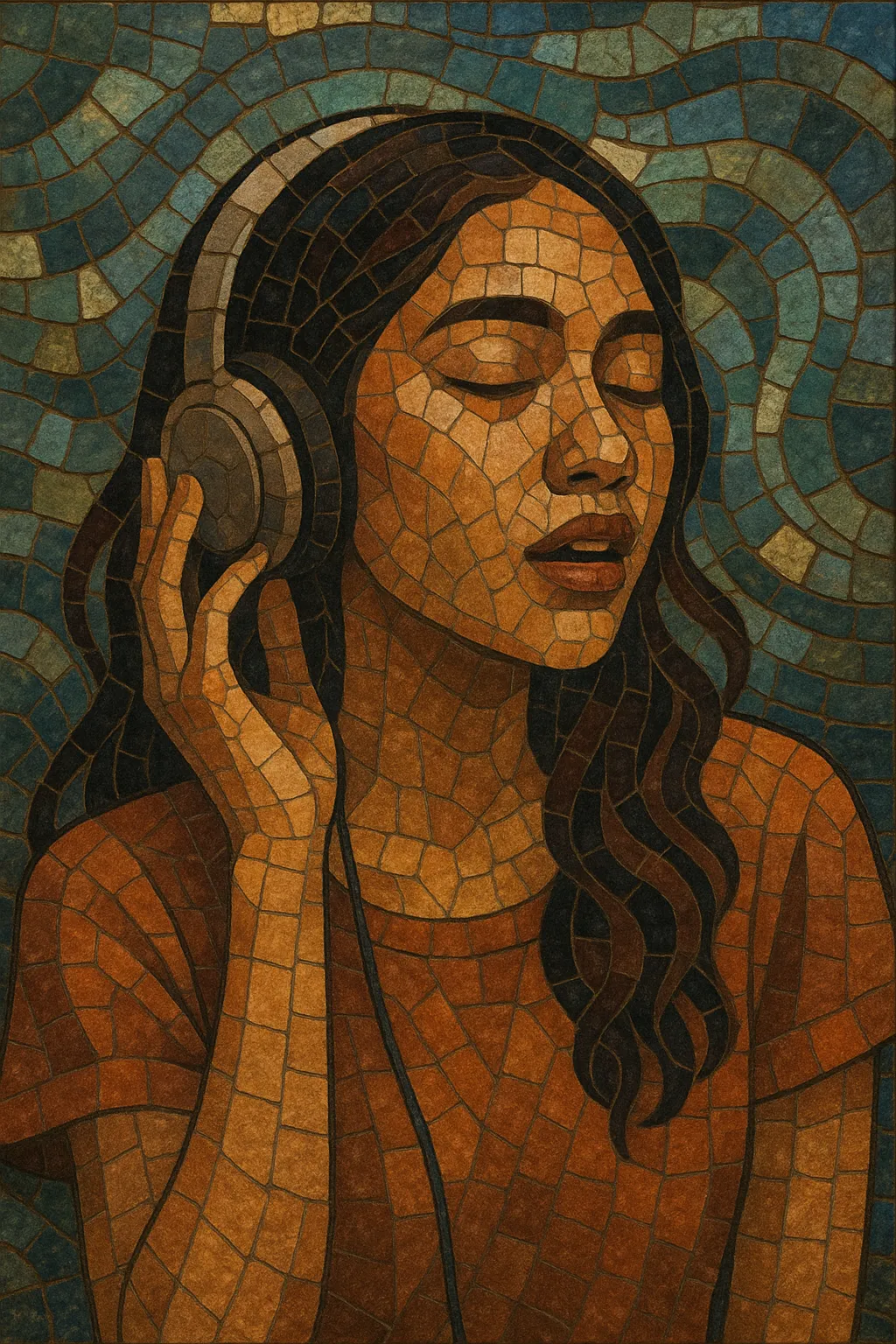Indonesian R&B blends contemporary R&B vocalism, soul/jazz harmony, and sleek hip hop-informed production with the melodic sensibilities and Bahasa Indonesia lyricism of Pop Indo.
Characterized by expressive, melismatic singing, mellow to mid‑tempo grooves, and lush chord extensions, it ranges from radio‑friendly pop‑R&B ballads to indie/alt‑R&B and bedroom productions influenced by trap-soul and lo‑fi aesthetics.
Lyrically, themes often center on romance, longing, and everyday urban life, delivered with intimate, conversational phrasing that fits Indonesian prosody and rhyme schemes.
Indonesian R&B emerged in the late 1990s as local artists absorbed global contemporary R&B, new jack swing, and soul trends. Early adopters drew on smooth vocal harmony and urban grooves, adapting them to Bahasa Indonesia and Pop Indo songcraft. Groups and vocalists from the late ’90s laid the template for a distinctly local R&B approach.
The 2000s saw R&B move into the Indonesian mainstream. Singers such as Glenn Fredly popularized emotive R&B ballads with sophisticated harmony and polished pop arrangements. Parallel to this, crossover acts blended R&B with funk and jazz, bringing a live‑band sensibility to the style. High‑profile pop stars (e.g., Agnez Mo) increasingly integrated R&B vocal styling and production, helping the sound cut across radio and television.
Streaming and social platforms catalyzed a new wave of indie/alt‑R&B and bedroom producers. Artists merged contemporary R&B with trap‑soul drums, lo‑fi textures, and jazz‑soul progressions while keeping Indonesian lyrical identity. This period also brought international visibility for Indonesian R&B‑leaning artists (e.g., NIKI via 88rising), as well as a flourishing of Jakarta, Bandung, and Yogyakarta scenes.
In the 2020s, Indonesian R&B regularly intersects with hip hop hooks, neo‑soul bands, and chill/lo‑fi production. Collaborations with producers versed in trap and electronic pop broaden the palette, while live acts continue the soul/funk lineage. The result is a spectrum that spans chart‑friendly pop‑R&B to experimental, internet‑native micro‑scenes—yet remains rooted in Indonesian language and melodic nuance.


